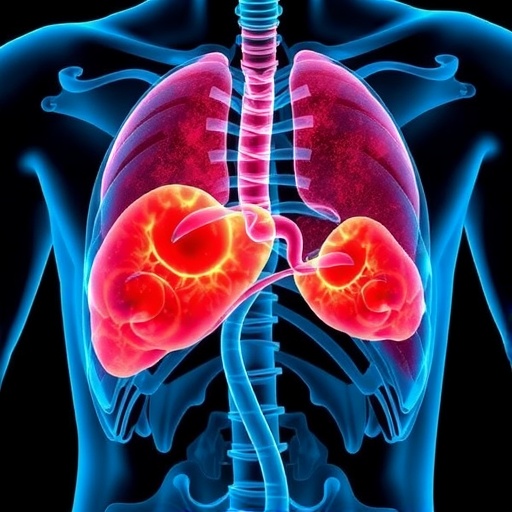Yokohama, Japan – October 18, 2017 – Community-based interventions implemented in minority community sites resulted in changes in participants' knowledge, attitudes and beliefs about cancer, as well as perceived benefits and self-efficacy measures regarding lung cancer screening. Dr. Lovoria Williams of Augusta University in the United States presented these findings today at the International Association for the Study of Lung Cancer (IASLC) 18th World Conference on Lung Cancer (WCLC) in Yokohama, Japan.
Significant lung cancer survival rate disparities exist among racial and ethnic minorities, the medically underserved and within certain regions. High mortality rates can be explained in part by the prior absence of a lung cancer screening guideline. Dr. Williams and her team set out to determine whether their Cancer-Community Awareness, Access, Research and Education (c-CARE) intervention had the potential to improve cancer literacy and lessen the disparate outcomes among these communities.
The researchers used a method of community-engaged intervention that involved developing a curriculum guided by the Health Belief Model, which focuses on the attitudes and beliefs of individuals, and training community health workers to lead the educational sessions. Additionally, a Community Advisory Board (CAB) was established, and interviews and forums were held with community health workers unassociated with the project, to ensure the study design and curriculum addressed community priorities and concerns. The community sites that participated included nine African-American churches, three community clinics that serve the medically underserved and a community recreation center. Those individuals identified as high-risk were connected to lung cancer screening and tobacco cessation programs.
Pre- and post-intervention measures were collected to determine changes in participant knowledge, attitudes and beliefs about cancer, and perceived barriers and self-efficacy to obtain lung cancer screening and tobacco cessation services. Among the participants – who were majority African-American, an average age of 58.3 years, and 16% of whom were tobacco smokers – the intervention was effective in increasing cancer knowledge and screening self-efficacy. However, there was no change among participants in their perceived cancer susceptibility. This likely indicates that they were aware of personal cancer risk factors prior to the intervention.
"Using a community-based approach allowed us to access a hard-to-reach population by working to understand their needs and social context," said Dr. Williams. "Based on our findings, we recommend this approach to increase screening and tobacco cessation among minority populations because it has the potential to improve lung cancer health disparities."
###
About the WCLC
The World Conference on Lung Cancer (WCLC) is the world's largest meeting dedicated to lung cancer and other thoracic malignancies, attracting over 6,000 researchers, physicians and specialists from more than 100 countries. The goal is to disseminate the latest scientific achievements; increase awareness, collaboration and understanding of lung cancer; and to help participants implement the latest developments across the globe. Organized under the theme of "Synergy to Conquer Lung Cancer," the conference will cover a wide range of disciplines and unveil several research studies and clinical trial results. For more information, visit wclc2017.iaslc.org.
About the IASLC
The International Association for the Study of Lung Cancer (IASLC) is the only global organization dedicated to the study of lung cancer and other thoracic malignancies. Founded in 1974, the association's membership includes more than 6,500 lung cancer specialists across all disciplines in over 100 countries, forming a global network working together to conquer lung and thoracic cancers worldwide. The association also publishes the Journal of Thoracic Oncology, the primary educational and informational publication for topics relevant to the prevention, detection, diagnosis and treatment of all thoracic malignancies. Visit http://www.iaslc.org for more information.
Media Contact
Hillary Wasserman
[email protected]
732-778-1896
http://iaslc.org/




